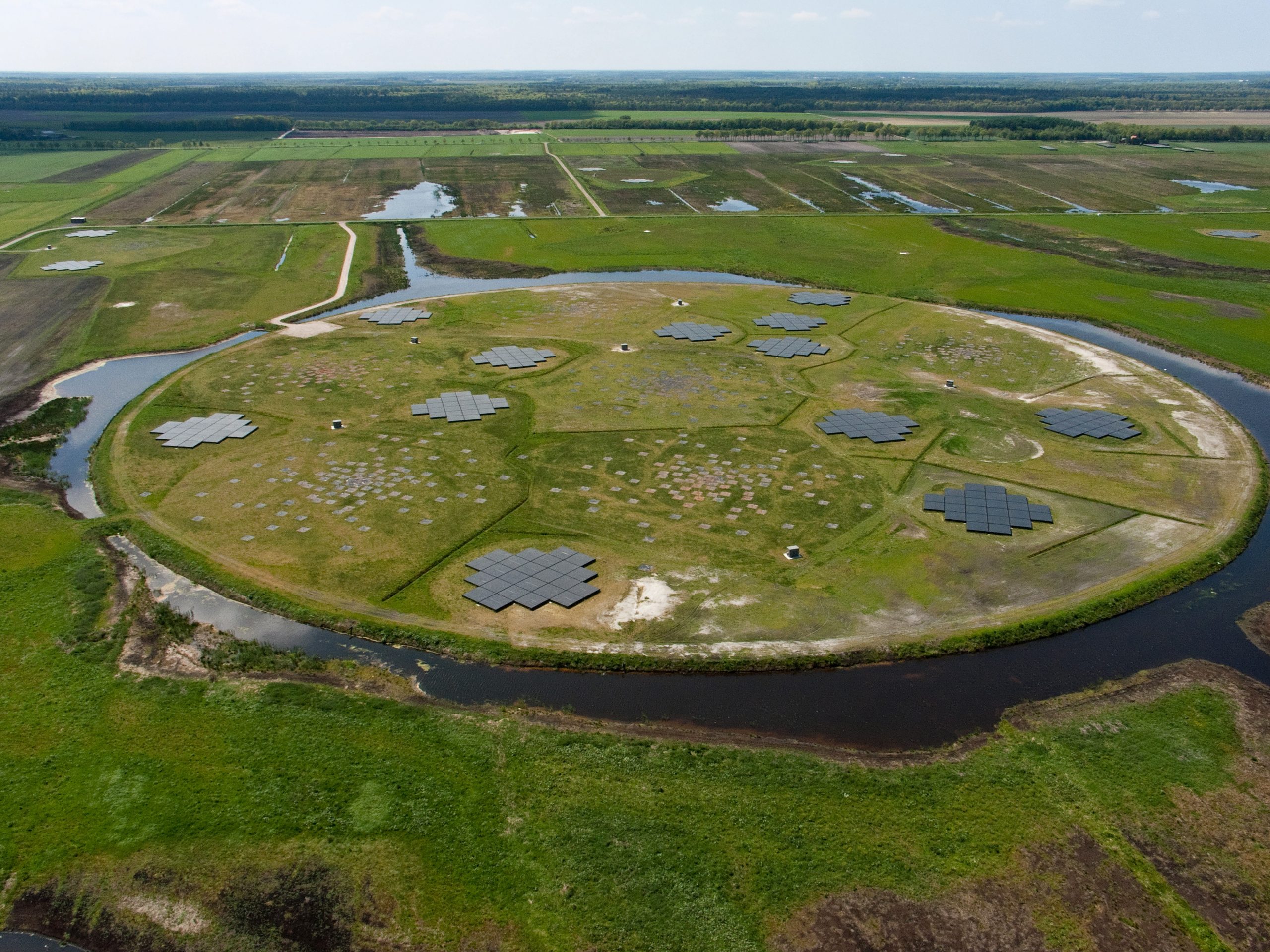Low Frequency Array (LOFAR)
The LOFAR or the Low Frequency Array is a large network of radio telescopes located primarily in the Netherlands, completed in the year 2012. LOFAR has been developed by the Netherlands Institute for Radio Astronomy, the ASTRON Radio Observatory of the Organization for Scientific Research and their international partners.
Highlights
LOFAR consists of various kinds of omni-directional antennas with a new concept where the signals which are received from each antenna are not combined in the real time. The electronic signal from the antenna is transported and digitized to a central digital processor and then it is combined through software to emulate the conventional antenna.
The project is based on an interferometric arrangement of radio telescopes with around 20,000 small antennas, which are currently concentrated in 52 stations. 38 of these stations are distributed in the Netherlands and were funded by ASTRON. There are other stations in Poland, Germany, Great Britain, France, Sweden, Latvia and Ireland.
Italy officially joined the LOFAR International Telescope (ILT) in the year 2018, with a station near Bologna. More stations could also be built in other European countries.
Data Processing
Until the year 2014, data processing was performed by a Blue Gene / P supercomputer which is located in the Netherlands. Since the year 2014, LOFAR has been using a GPU-based beamformer and correlator for this task. LOFAR is also a forerunner of Square Kilometer Array technology.
How was LOFAR conceived?
LOFAR was conceived as an innovative project to ensure a breakthrough in the sensitivity of astronomical observations at radio frequencies which are below 250 MHz. Astronomical radio interferometers generally consist of one-dimensional antenna arrays, arrays of parabolic mirrors, or two-dimensional arrays of omni-directional antennas. LOFAR incorporates aspects of many of these early telescopes especially, using an omni-directional dipole antenna as a phased array element at individual stations. Then it combines all such phased arrays using aperture synthesis techniques.


